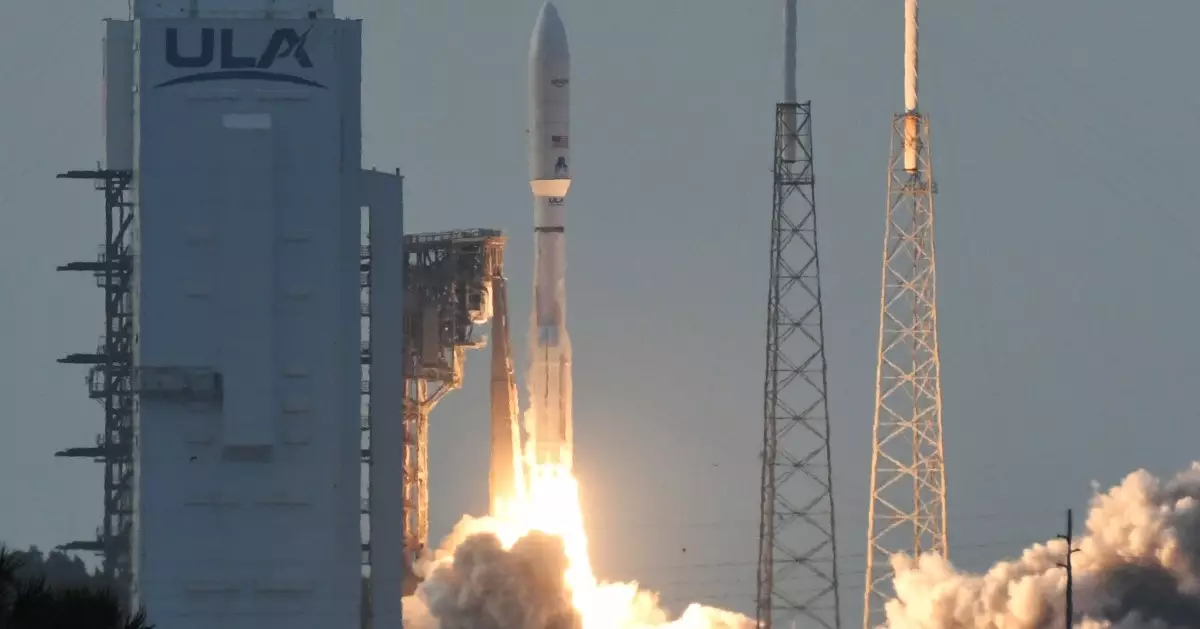The race to revolutionize global internet access has entered a thrilling new chapter with Amazon’s launch of the first 27 satellites in its ambitious Project Kuiper. This initiative aims to deploy a staggering 3,236 satellites into low-Earth orbit, primarily designed to deliver high-speed, low-latency satellite internet to underserved regions. On April 28th, 2023, an Atlas V rocket, operated by the United Launch Alliance (ULA), successfully dispatched these satellites from Florida’s Cape Canaveral Space Force Station. This launch is not just a technological feat; it embodies a significant stratagem in Amazon’s quest to carve out its niche within the competitive broadband market.
Facing the Behemoth: Competition with Starlink
Amazon’s entry into satellite internet comes in the midst of an already bustling space economy, where SpaceX’s Starlink service sets the gold standard. With over 7,200 satellites operational and plans for a total of 34,400, Starlink has a formidable first-mover advantage in the market. Amazon, thus, faces an uphill battle. The Federal Communications Commission’s mandate requiring Amazon to deploy 1,618 satellites by mid-2026 highlights the urgency fueling Project Kuiper. Yet, despite this deadline, Amazon’s undertaking is laden with inherent risks; the sky has become a competitive arena, with multiple players vying for their piece of the digital pie.
Strategic Infrastructure and Future Prospects
As Tory Bruno, ULA’s CEO, emphasized post-launch, supporting infrastructure is crucial for the success of Project Kuiper. The modifications made at Cape Canaveral to accommodate future launches are foundational to Amazon’s vision, but they also reflect a larger trend within commercial space exploration. Each successful launch not only progresses the project but contributes towards an ecosystem that attempts to balance commercial aspirations with broader goals, such as aiding in disaster response and scientific research. The promise of satellite internet is tantalizing; however, it requires a balance between innovative launches and responsible management of space resources to prevent orbital congestion.
Operational Challenges and Delays
Emerging technologies, especially those involving space, often face setbacks and delays, and Project Kuiper is no exception. The initial launch attempt was scrapped due to poor weather, a reminder that external factors significantly influence such grand endeavors. With multiple launches planned ahead, Amazon must navigate these challenges while maintaining a consistent launch cadence to meet regulatory expectations and expand customer access. Amazon’s determination, expressed through CEO Andy Jassy’s remarks celebrating the hard work behind the launch, underscores their commitment to not only advance technology but also to enhance connectivity for communities yet to benefit from reliable internet.
The Future Landscape of Satellite Internet
As Project Kuiper progresses, one of the most pressing questions remains: will it succeed where others may falter? The looming specter of regulatory hurdles, technological challenges, and market competition paints a complex future for Amazon’s satellite internet ambitions. However, for those areas currently underserved by traditional internet infrastructures, the potential benefits are undoubtedly profound. If executed successfully, Project Kuiper could democratize access to information, stimulate economic growth in remote regions, and mitigate digital divides.
Amazon’s investment of approximately $10 billion into Project Kuiper reflects both audacity and vision; it embodies a bold leap into the future of connectivity. As the first 27 satellites take their places in orbit, there is a palpable sense of anticipation—not just for Amazon’s next move, but for how this venture will reshape the internet landscape worldwide. Whether it thrives or becomes another cosmic footnote in the annals of satellite history, Project Kuiper is a testament to the human spirit’s relentless pursuit of reaching the stars.

